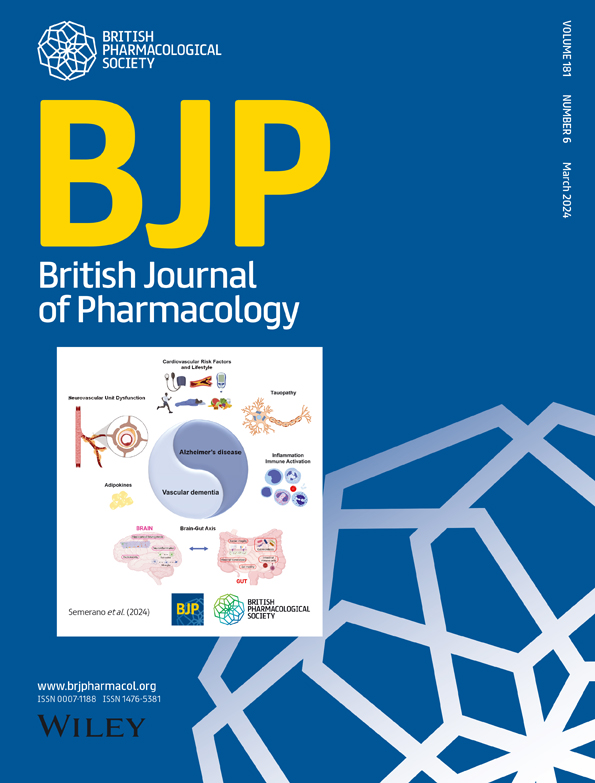Isoflurane and urethane impact neuronal and astroglial metabolic activity differentially in mouse brain: An ex vivo 1H-[13C]-NMR study
Abstract
Background and Purpose
Isoflurane and urethane are among the most routinely used anaesthetics to immobilise rodents in functional studies. However, the quantitative significance of their impacts on neuronal and astroglial activity is not very clear. This study evaluated the impacts of isoflurane and urethane on the metabolic activity of glutamatergic neurons, GABAergic neurons and astrocytes in different brain regions.
Experimental Approach
Male C57BL/6 mice were anaesthetised with either isoflurane (1.5%) or urethane (1.5 g kg−1, intraperitoneal), and administered [1,6-13C2]glucose or [2-13C]acetate intravenously for 10 or 15 min, respectively. The brain metabolism was arrested using Focussed Beam Microwave Irradiation, and the 13C labelling of neurometabolites in the brain tissue extracts was measured ex vivo using 1H-[13C]-nuclear magnetic resonance (NMR) spectroscopy.
Results
The levels of aspartate and succinate were decreased, while alanine increased in the studied brain regions in mice exposed to isoflurane compared to awake mice. The labelling of GluC4/C3, GABAC2 and GlnC4 from [2-13C]acetate was decreased in the isoflurane group when compared with awake, suggesting that isoflurane suppresses the astroglial metabolic activity, particularly in the subcortical region. There was a severe reduction in the 13C labelling of brain amino acids from [1,6-13C2]glucose in all the brain regions in isoflurane and urethane groups of mice, indicating a severe impact of both anaesthetics on the metabolic activity of glutamatergic and GABAergic neurons.
Conclusions and Implications
These findings demonstrate that isoflurane and urethane differentially reduce excitatory and inhibitory synaptic transmissions in the brain. Notably, isoflurane shifts cerebral metabolism towards anaerobic respiration.


 求助内容:
求助内容: 应助结果提醒方式:
应助结果提醒方式:


